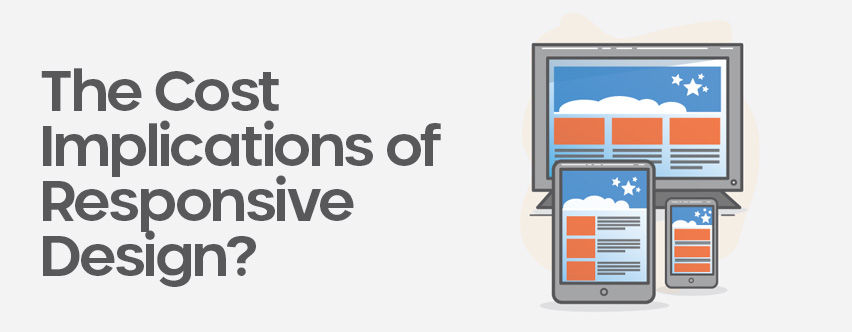Responsive design has become a cornerstone of modern web development, ensuring websites adapt seamlessly to various devices and screen sizes. In this article, we’ll explore how responsive design impacts costs, offering insights into the balance between efficiency and investment. Discover how this approach can optimize your web presence while considering financial considerations.
Table of Contents
Understanding the Financial Impact of Responsive Design
Responsive design is a web development strategy that focuses on creating websites that adjust dynamically to different screen sizes, from desktop monitors to smartphones. While responsive design brings numerous benefits, including improved user experience and better search engine rankings, it’s essential to recognize how it influences costs.
Comparison Table: Cost Factors of Traditional vs. Responsive Design
| Aspect | Traditional Design | Responsive Design |
|---|---|---|
| Development | Single Layout | Multiple Layouts |
| Maintenance | Less Complexity | Regular Updates |
| User Experience | Limited Adaptability | Enhanced Engagement |
| Long-Term Value | Limited Reach | Broad Accessibility |
Key Insights and Statistics
- 61% of users are unlikely to return to a mobile site they had trouble accessing.
- 53% of mobile users abandon sites that take longer than 3 seconds to load.
- 88% of online consumers are less likely to return to a site after a bad experience.
FAQ: Navigating Responsive Design Costs
Q: Why does responsive design require multiple layouts?
A: Responsive design adapts to various devices, requiring different layouts to ensure optimal user experience.
Q: Is the cost of maintaining a responsive website higher?
A: While maintenance involves regular updates, the long-term benefits of improved user experience and engagement often outweigh the costs.
Q: How does responsive design enhance the user experience?
A: Responsive design ensures your website functions seamlessly across devices, leading to higher user satisfaction and engagement.
Q: Does responsive design provide a better return on investment?
A: Yes, the enhanced user experience and broader accessibility often result in better conversion rates and customer retention.
In Conclusion: Optimizing Efficiency and Investment
Responsive design offers a dynamic solution to the challenge of catering to diverse digital landscapes. While it may involve increased initial development and maintenance costs compared to traditional design, the long-term benefits are substantial. By providing a seamless user experience and accommodating various devices, responsive design can lead to higher engagement, improved search rankings, and better overall return on investment.
It’s essential to recognize that the financial investment in responsive design aligns with the growing importance of mobile browsing. Embracing this approach not only future-proofs your website but also ensures your online presence is accessible and appealing to a wider audience. Balancing the upfront costs with the long-term benefits, responsive design emerges as a strategic investment in your digital success.


Leave a Reply